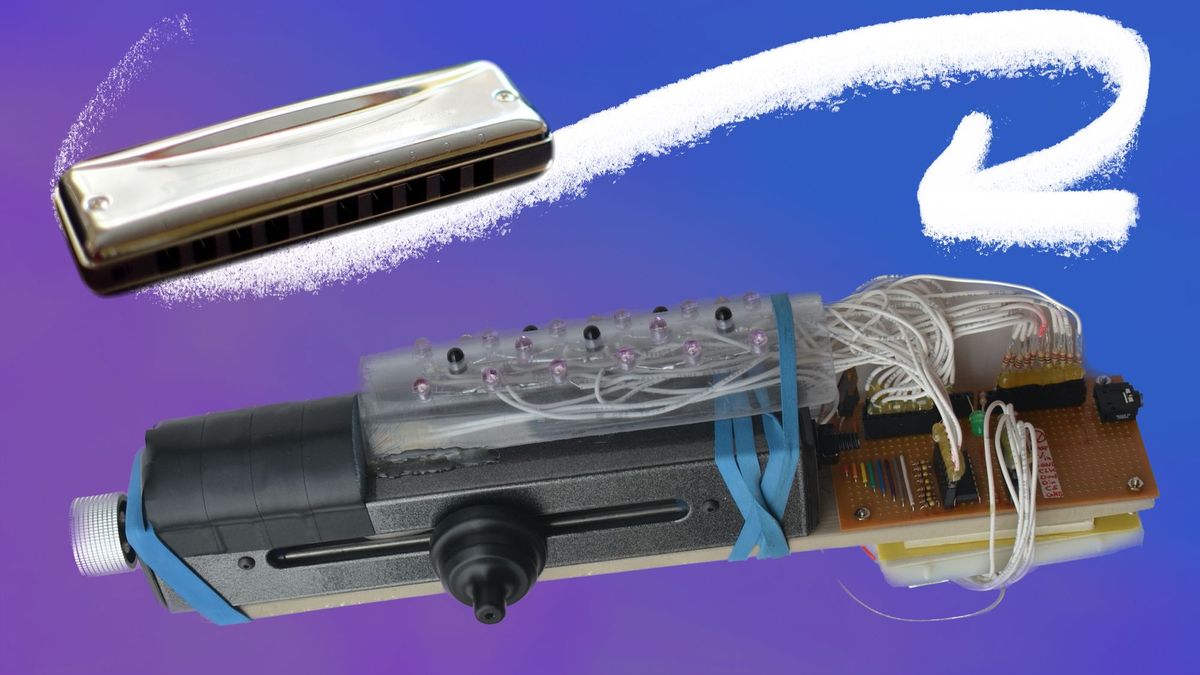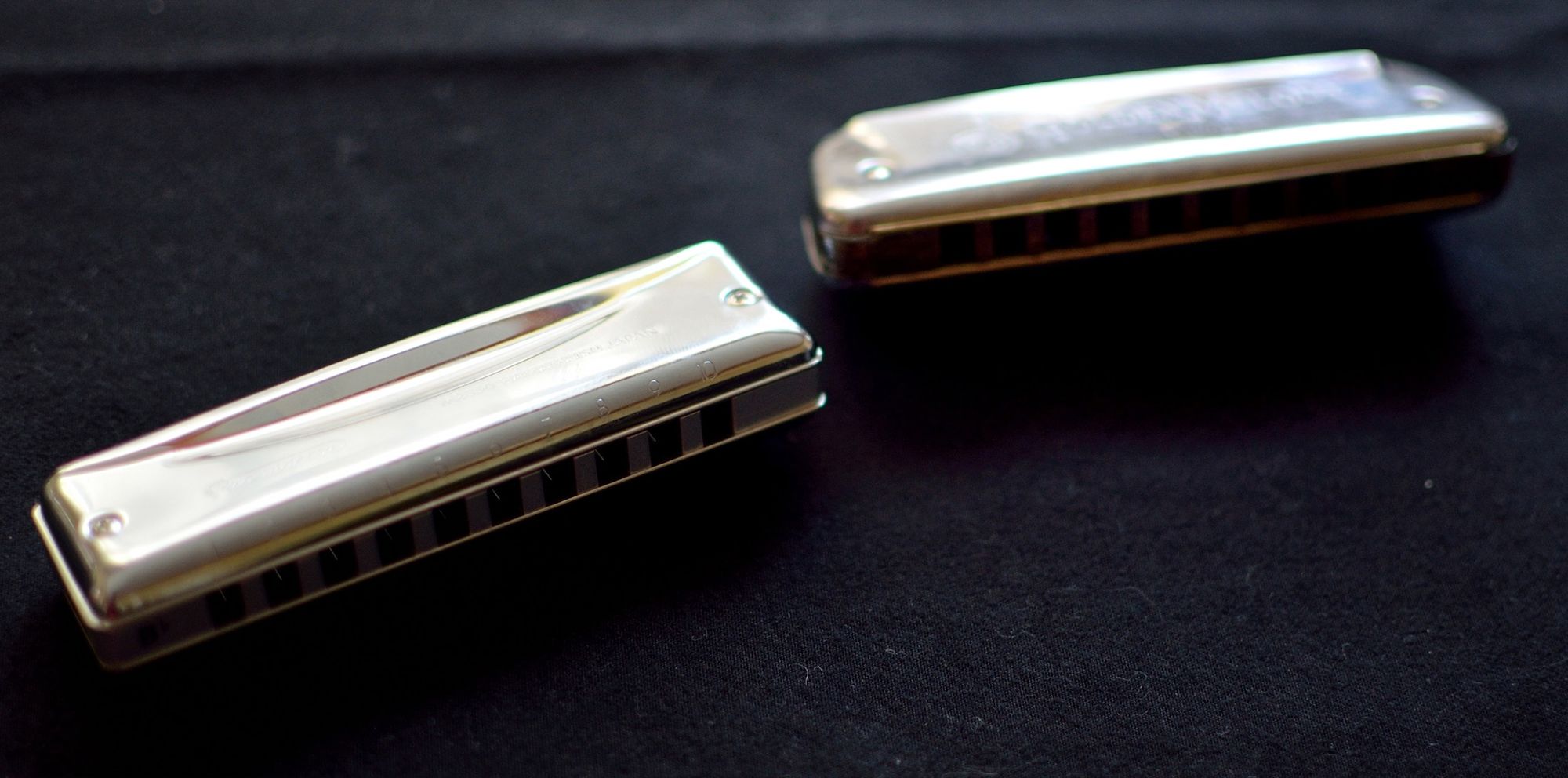Throwback Thursday: Electronic Harmonicas (English)
Back in 2014 I wrote a master thesis about electronic harmonicas at McGill University, Montréal. Why, you ask? I'm not so sure anymore either, but it was fun!

From 2012 to 2014 I studied Music Technology at McGill University, one of North America's best schools for its super modern CIRMMT research center and the Input Devices and Music Interaction Lab (IDMIL), in which I specialized in musical instrument design. I loved my time there, surrounded by musical instrument design nerds from all over the world.
In Digital Musical Instrument design academia, the focus often lies on developments inspired by traditional classical instruments such as the violin, the cello, the clarinet, etc. However, due to their price, these musical instruments are inaccessible to a large part of the population. In contrast, the most sold instrument worldwide is the inexpensive harmonica.

This instrument has had a remarkable influence on modern music. American slaves were sometimes gifted harmonicas by slave owners. Since it was typically the only instrument they had, over time, complex techniques like note bending emerged and were instrumental to the inception of the Blues genre. Blues, in turn, significantly influenced modern music genres.
It is because of this fascinating history of the harmonica that I wanted to dedicate my master thesis to the research of how the harmonica developed further. In my thesis, I worked on three parts:
- A comprehensive patent study of 17 patents from 1949 to 2013, showing different interface designs and sensing mechanisms schematically, as well as a comparison on a dimension space.
- A qualitative motion capture study with 5 expert harmonica players, who were asked to play music excepts. Motion data was then annotated and analysed with gestural models.
- A design and prototyping of a novel musical instrument. Based on a prototype of the Jamboxx electronic harmonica, I added sensors for additional harmonica gestures such as hand cupping and a substitution for note bending.
During my research, I had hoped to find a good sensing mechanism for the note bending technique. Unfortunately, I wasn't able to, since the note bending technique uses a difference in impedance between the mouth cavity and vocal tract, and sticking a microphone down a musicians' throat to measure it while playing the instrument is impractical.
Nonetheless, my thesis was the first thesis ever written on electronic harmonicas, and I hope the patent study will help future researchers by providing context.
The thesis was graded by Prof. D. Trueman of Princeton University and received excellent rating in the category “Diligence, care, technical skill in the research”. During my time at McGill, I also received the Graduate Excellence Fellowship Award.
Here's a video of the Jamboxx Augmentation instrument prototype in use. Thanks to expert harmonica player Lévi Bourbonnais for testing the device.
Downloads
The title of my master thesis is “Harmonica-inspired digital musical instrument design based on an existing gestural performance repertoire”. The title may be a bit clunky, but it's filled to the brim with exciting harmonica content. Give it a read!
Results of scientific studies should be credible. These additional materials help you understand how I arrived at my conclusions. If you'd like to get access to the raw motion capture data, please let me know.